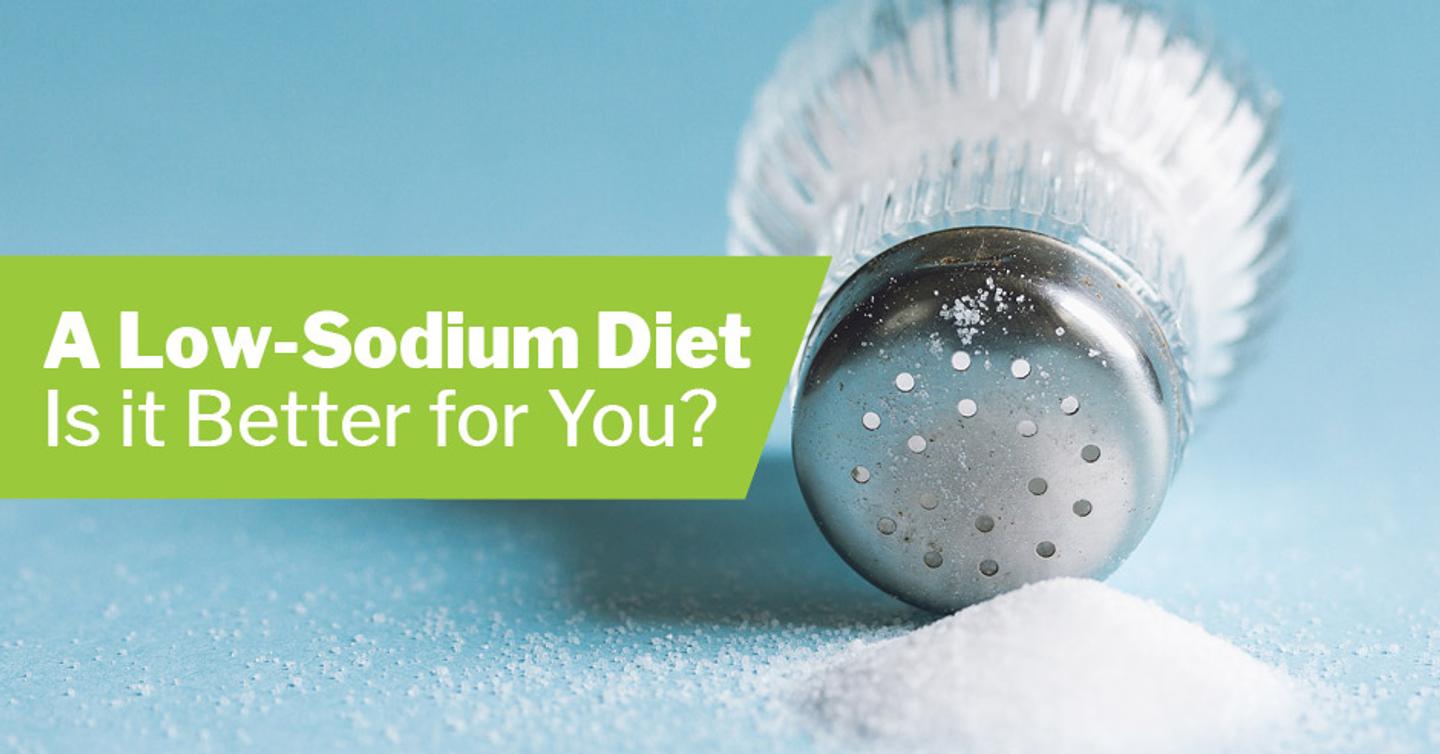
Promoting Heart Health and Wellness
A Low-Sodium Diet is a dietary approach aimed at reducing the intake of sodium, commonly found in salt and processed foods. Let’s explore the principles, advantages, and the potential impact on heart health and overall wellness associated with adopting a low-sodium lifestyle.
Understanding the Low-Sodium Diet
The Low-Sodium Diet focuses on limiting sodium consumption to promote cardiovascular health and prevent related conditions. Sodium is a mineral that plays a crucial role in bodily functions, but excessive intake, often linked to high-salt diets, can contribute to hypertension (high blood pressure) and increase the risk of heart disease.
Managing Blood Pressure Levels
One of the primary benefits of a Low-Sodium Diet is its impact on managing blood pressure levels. High sodium intake is associated with elevated blood pressure, a major risk factor for heart disease and stroke. By reducing sodium intake, individuals can help control their blood pressure and support overall cardiovascular health.
Reducing the Risk of Heart Disease
Adopting a Low-Sodium Diet is an effective strategy for reducing the risk of heart disease. High blood pressure is a significant contributor to cardiovascular problems, and a low-sodium lifestyle can contribute to preventing or managing this condition, ultimately lowering the risk of heart-related issues.
Improving Kidney Function
Excessive sodium intake can strain the kidneys, potentially leading to kidney damage or dysfunction over time. A Low-Sodium Diet alleviates this strain, promoting better kidney function and reducing the risk of kidney-related complications.
Fluid Balance and Edema Prevention
Sodium plays a key role in regulating fluid balance in the body. A high-sodium diet can lead to water retention and edema. By adopting a Low-Sodium Diet, individuals can help prevent edema and maintain a healthier fluid balance, contributing to overall well-being.
Enhancing Vascular Health
Excessive sodium intake can contribute to the hardening and narrowing of arteries, known as atherosclerosis. A Low-Sodium Diet supports vascular health by reducing the strain on blood vessels, promoting flexibility, and lowering the risk of atherosclerotic complications.
Supporting Weight Management
High-sodium diets are often associated with increased thirst and the consumption of sugary beverages. By transitioning to a Low-Sodium Diet, individuals may naturally reduce their calorie and sugar intake, contributing to weight management and overall wellness.
Balancing Electrolytes and Nutrients
While a Low-Sodium Diet restricts sodium intake, it emphasizes the importance of balancing other essential electrolytes and nutrients. Ensuring an adequate intake of potassium, magnesium, and calcium is crucial for maintaining overall health and preventing electrolyte imbalances.
Navigating Food Choices and Meal Planning
Adopting a Low-Sodium Diet requires careful consideration of food choices and meal planning. This involves choosing fresh, whole foods, reading food labels, and cooking meals at home to have better control over sodium content. Platforms like CloudFeed offer resources and support for individuals navigating the transition to a low-sodium lifestyle.
Community and Accountability with CloudFeed
CloudFeed provides a supportive community for individuals embracing a Low-Sodium Diet. Connect with others sharing similar health goals, access personalized meal plans, and receive expert guidance on CloudFeed. Start your journey to promoting heart health and overall wellness through a low-sodium lifestyle.
In conclusion, a Low-Sodium Diet offers a range of benefits, from managing blood pressure and reducing the risk of heart disease to supporting kidney function and vascular health. Platforms like CloudFeed play a pivotal role in providing guidance and fostering a supportive community for individuals incorporating a low-sodium lifestyle into their overall health and wellness journey.
